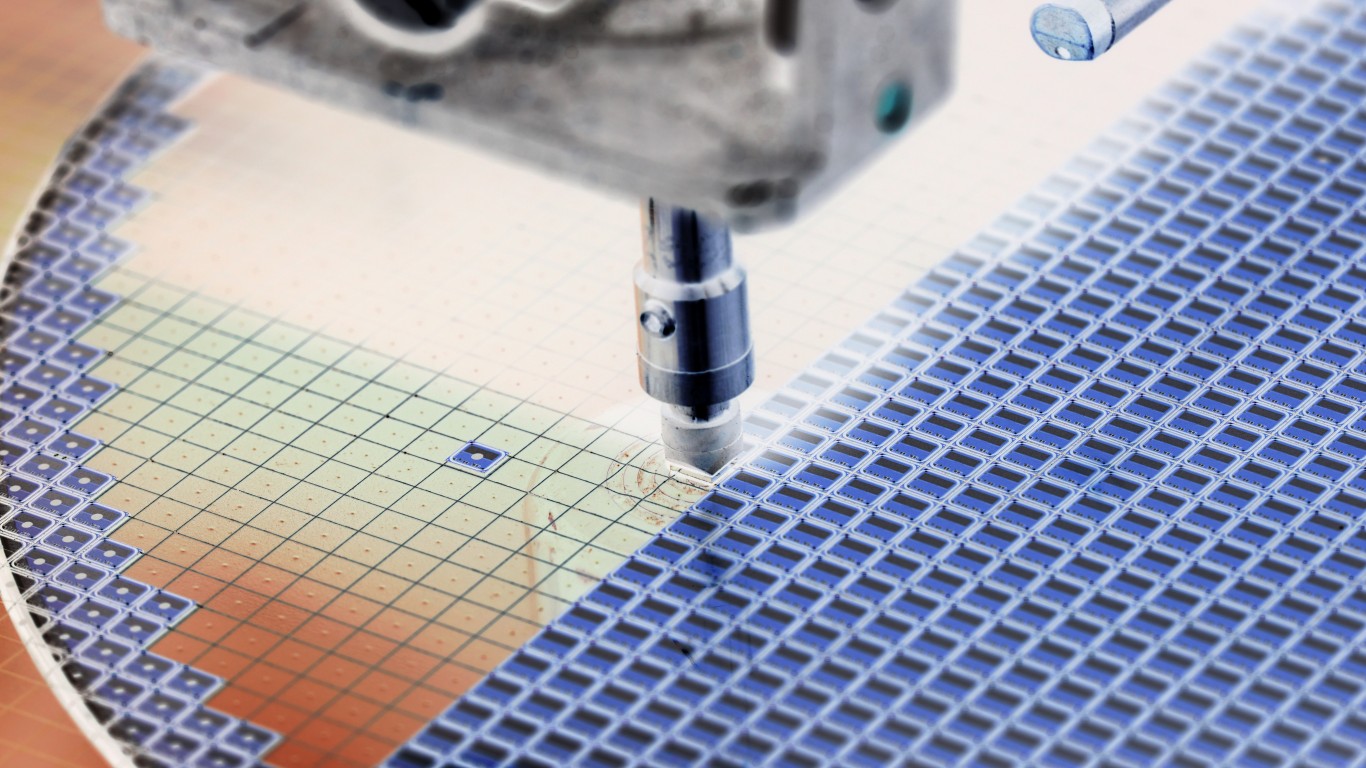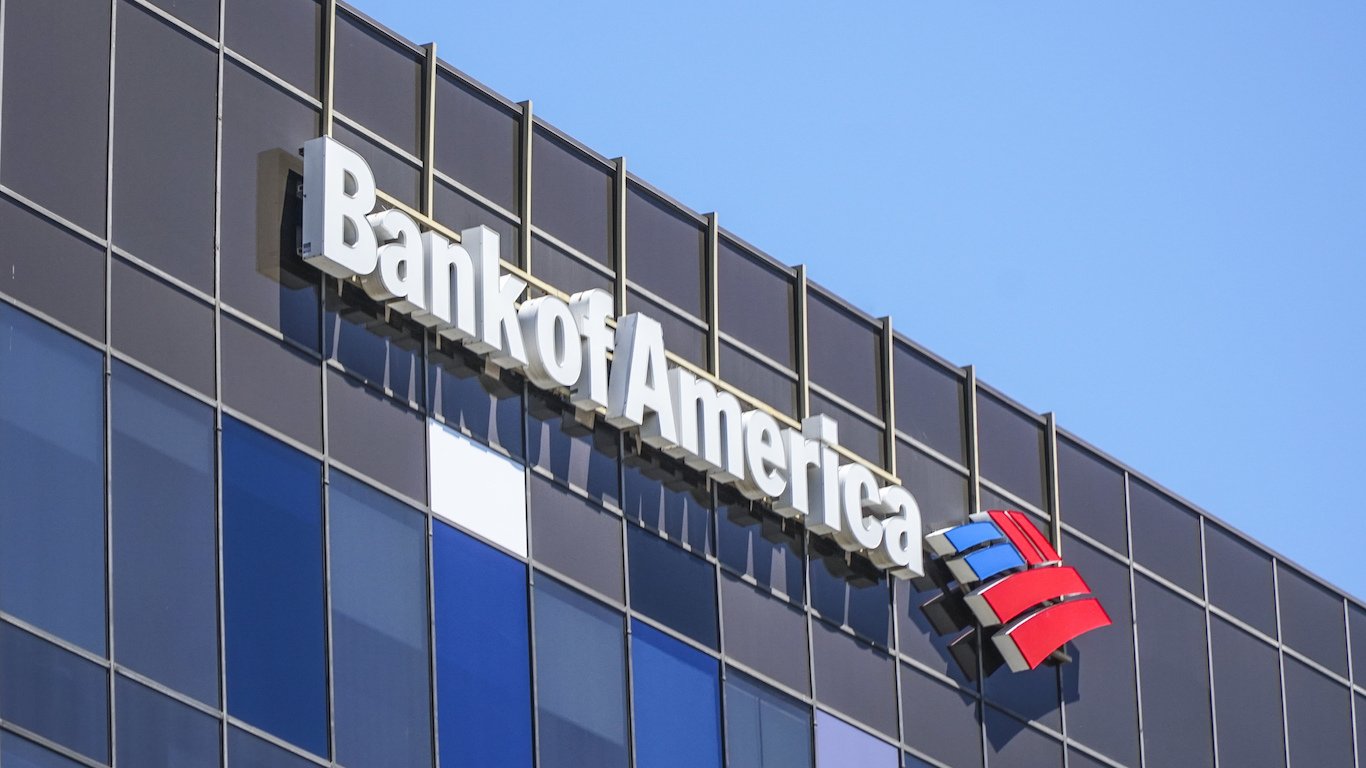
Semiconductor stocks included in the PHLX Sox index have dropped by about 17% for the year to date, with the semiconductor capital equipment (SCE) makers’ stocks dropping by 25%. That downturn for the equipment makers comes despite growing backlogs, a clearer view of what to expect in the second half of this year and projected expenditures of around $100 billion in equipment. What about the industry in 2023?
From this starting point, analysts John Pitzer and Anthony Sourial of Credit Suisse looked at whether the decline was based on macro concerns like rising interest rates and geopolitical tensions or “growing concerns” that a peak in the chip industry is upon us. In fact, there is an ongoing debate over whether sales will fall at all in 2023. In the analysts’ view, SCE stocks are already “embedding” wafer fab equipment sales in a range of $75 billion to $80 billion, a dip of 20% to 25% below 2022 projected sales.
[in-text-ad]
The Credit Suisse team takes a different view:
[W]e have a bias to lean into Semi Cap Equipment stocks as we view these companies as having some of the highest barriers to entry in the Semi Ecosystem and as being strategically important to the global economy and increasingly to nation-states looking to mitigate geopolitical risk with domestic production of chips. …
While [near-term] macro and an inventory correction in Semis are risks, stocks seem to be pricing in much of the potential downside.
Here is a look at three SCE makers’ stocks and the stocks of four chipmakers that purchase that equipment. Included are Credit Suisse’s 12-month price targets and overall ratings, along with the downside risks to the outlook.
Applied Materials Inc. (NASDAQ: AMAT) has a price target of $175 and an Outperform rating. The analysts say the stock is “relatively cheap” based on 2022 forward price-to-earnings ratio, a target of 80% to 100% free cash flow and a strong investment cycle in OLED display technology. Downside risks include “material weakness in the semicap cycle due to disappointments in electronics end-demand, or execution issues causing lower peak earnings than we expected.”
The stock’s 52-week range is $112.14 to $167.06. Shares traded down about 4.2% Thursday morning to $123.21. At that price, the upside potential is 42% based on Credit Suisse’s target.
KLA Corp. (NASDAQ: KLA) has a Credit Suisse price target of $430 and an Outperform rating. KLA’s long-term earnings per share (EPS) target is about $25. Downside risks to the price target include increased competition from Applied Materials, a saturated market from process control equipment and Credit Suisse’s own possible underestimate of the oversupply risk in memory chips.
The stock’s 52-week range is $235.80 to $457.12, and shares recently traded at $296.20, up about 2.9% for the day. At that price, the upside potential based on the $430 price target is 45%.
Lam Research Corp. (NASDAQ: LRCX) has a price target of $750 and an Outperform rating. The analysts say, “the company could potentially continue to outgrow peers based on several factors.” Downside risks include oversupply in memory chips, excess inventory in the logic industry, weakness in end-user demand due to macroeconomic concerns and lower margins among other things.
The stock’s 52-week range is $379.05 to $731.85. Shares traded at $491.49 Thursday morning, down about 5.2% on the day. At that price, the upside potential based on the $750 price target is 52.6%.
GlobalFoundries Inc. (NASDAQ: GFS) has a 12-month price target of $80, along with an Outperform rating. Credit Suisse gives the stock positive marks for being positioned to take advantage of “strong cyclical tailwinds” and the company’s deep and wide moats, international manufacturing base, a “financial model which is just now inflecting and has significant margin expansion potential even as the overall Semi Cycle ‘normalizes.'” On the downside are weakness in the semiconductor cycle, the company’s expansion plans, shareholder concentration and pending litigation with IBM.
[in-text-ad]
The stock’s 52-week range is $43.59 to $73.25. It traded Thursday morning at $55.99, down about 4.2% for the day. At that price, the upside potential to Credit Suisse’s price target is about 43%.
Intel Corp. (NASDAQ: INTC) has a price target of $70 and an Outperform rating. The analysts’ price target is based on Intel’s long-term EPS of “AT LEAST $5.50-$6.00 and a multiple of ~15x.” Those numbers are well above the consensus averages for the next three fiscal years. Downside risks are Intel’s “aggressive pricing, higher manufacturing spending, and loss of market share in key enterprise markets,” among other things.
The stock’s 52-week range is $43.63 to $68.49, and shares were trading at $46.23, down by about 2.5% on Thursday. At that price, the upside potential based on the $70 price target is more than 60%.
Micron Technology Inc. (NASDAQ: MU) has an Outperform rating and a price target of $130 from Credit Suisse. The analysts believe that the stock is “near trough levels,” and they see improvements in market fundamentals: pricing should begin to recover, more resilient margins in the memory chip space, and that Micron’s “strategic value continues to be under-appreciated.” Pricing pressure in the DRAM and NAND markets and execution risk in NAND manufacturing are among the risks to the price target. The rating is at risk from oversupply in the NAND market, execution risk in the DRAM market and more competition from new Chinese entrants into the market.
The stock’s 52-week range is $65.67 to $98.45, and the shares traded at $74.32, down 6.5% on the day. At that price, the upside potential based on the Credit Suisse price target is 75%.
Taiwan Semiconductor Manufacturing Co. Ltd. (NYSE: TSM) has a price target of NT$800 (US$141.25) and an Outperform rating. On the upside, Credit Suisse notes, “We see its business outlook improving, and technology leadership should keep its market share and profitability intact.” On the downside, the risks include “fierce competition or demand reversion.” Note that TSMC trades American depositary receipts (ADRs) in the United States. Each ADR represents five shares of the company’s common stock.
The stock closed at NT$568 on Thursday in Taiwan, up less than 1% for the day. The 52-week range is NT$518 to NT$688, implying a potential upside of nearly 41%. In New York, the stock traded at $103.24, down 1.6%, in a 52-week range of $98.62 to $145.00.
Thank you for reading! Have some feedback for us?
Contact the 24/7 Wall St. editorial team.

 24/7 Wall St.
24/7 Wall St.



